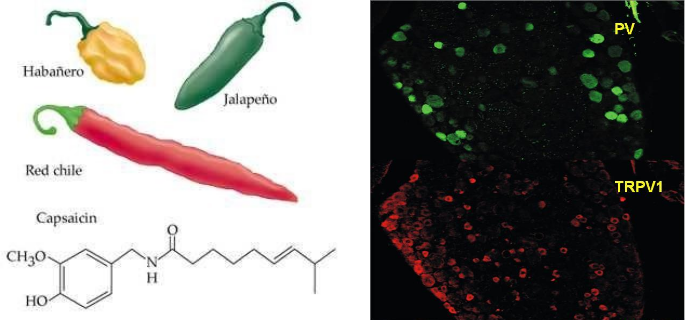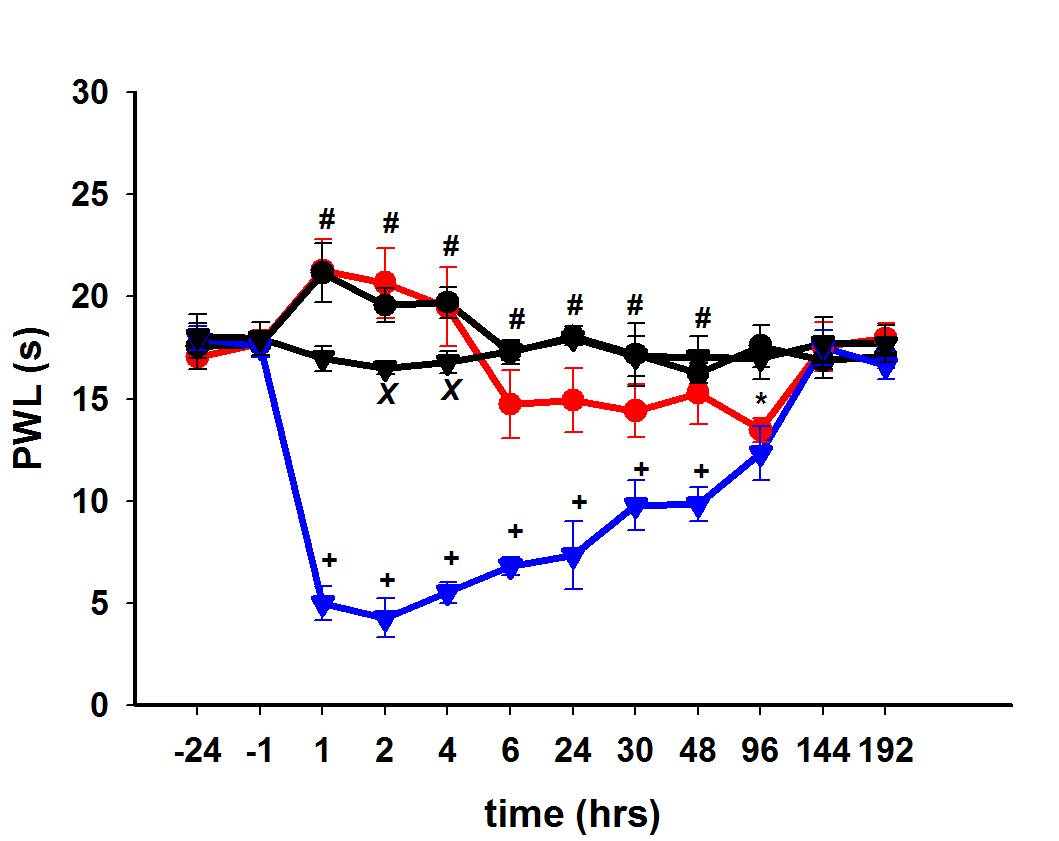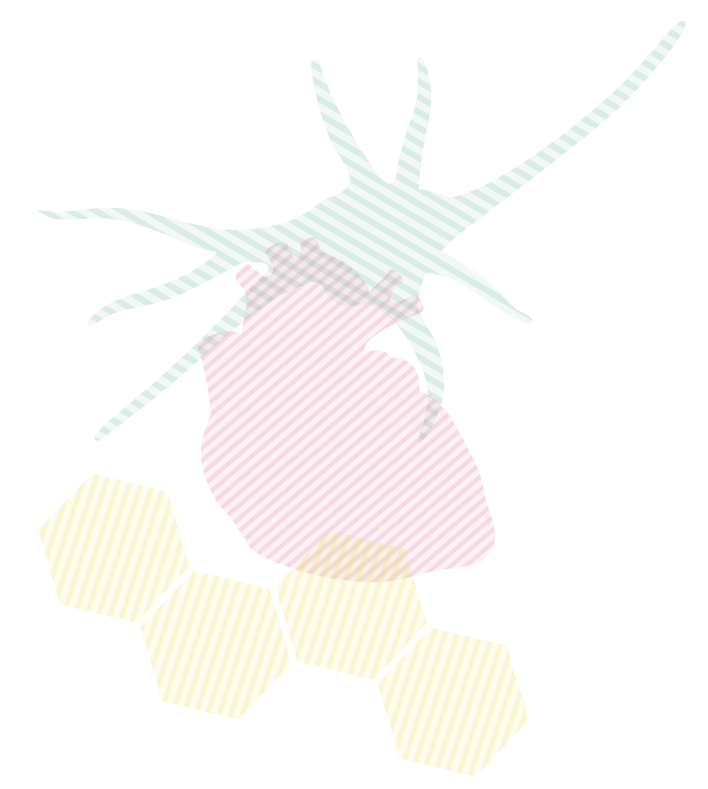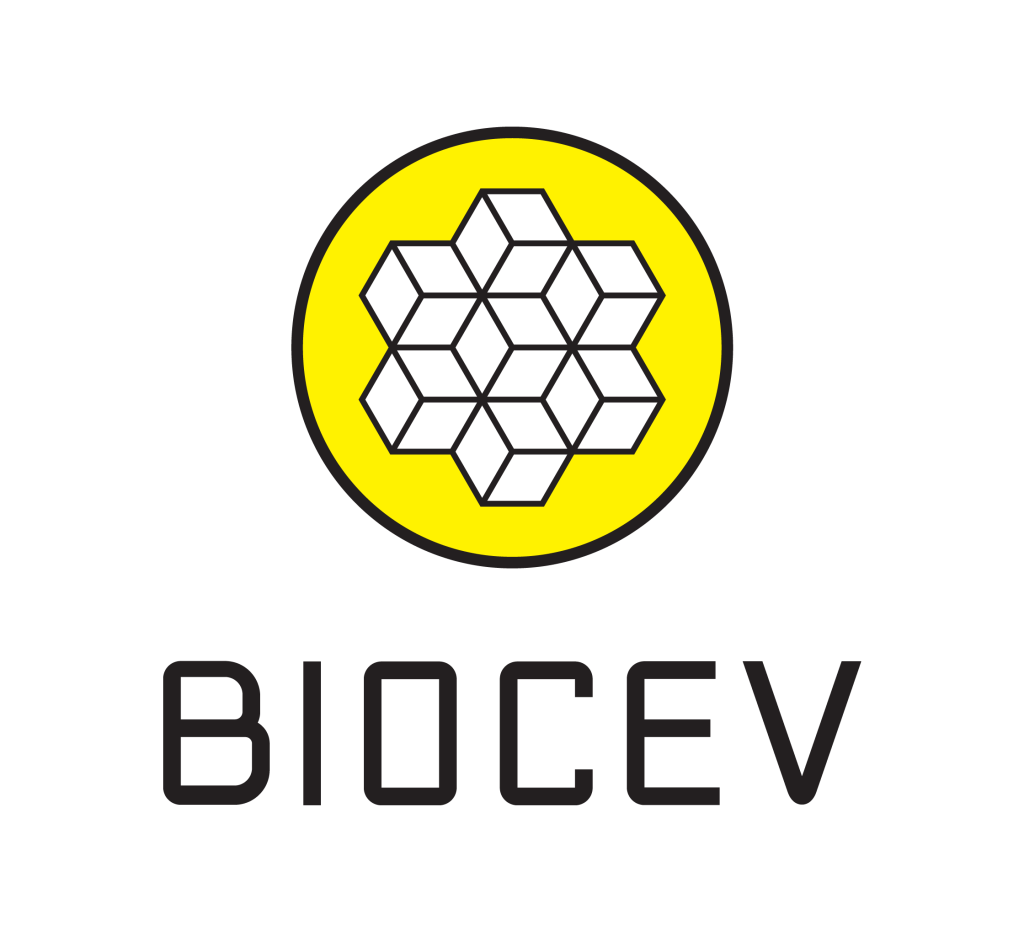TRPV1 antagonist attenuates postoperative hypersensitivity by central and peripheral mechanisms. Such a finding was reached by the scientists from the department of Functional Morphology who studied the mechanisms of chronic pain syndromes and their treatment options.
Pain is a useful defence and protection mechanism. Sometimes, however, pain persists for a long time and these chronic conditions are often very difficult to treat because the causes are different.
In the Department of Functional Morphology, the mechanisms of chronic pain conditions and their treatment options are mainly investigated. The main focus is on the study of the modulation of nociceptive information at the spinal cord level and the role of TRPV1 receptors. TRPV1 receptors can be activated by a wide variety of exogenous and endogenous stimuli. The most well-known activators of TRPV1 receptors include temperature above 43°C, low pH and capsaicin, a pungent compound found in chili peppers. TRPV1 receptors are found primarily in neurons of the peripheral nervous system, where they are involved in the transmission and modulation of pain stimuli. Our experiments have shown that presynaptic TRPV1 receptors on the central processes of spinal ganglion neurons play an important modulatory role in the transmission of nociceptive information. Blocking the activity of these receptors after intrathecal administration of a specific antagonist results in a significant reduction of the pathologically increased sensitivity to mechanical and thermal stimuli that is a symptom of many chronic pain conditions. These findings could in the future contribute to the development of more effective and targeted drugs for the treatment of pain and thus improve the quality of life of patients.


(A) Capsaicin, a TRPV1 receptor activator, is present in hot peppers. (B) Immunohistochemical staining of spinal ganglia (red) shows the presence of TRPV1 receptors in small neurons. (C) Incision leads to a marked increase in sensitivity to thermal stimuli (blue triangles). Intrathecal administration of a TRPV1 receptor blocker leads to a marked decrease in this sensitivity (red circles).
Uchytilová, Eva – Špicarová, Diana – Paleček, Jiří
TRPV1 antagonist attenuates postoperative hypersensitivity by central and peripheral mechanisms. Molecular Pain. Roč. 10, č. 2014 (2014), s. 67










